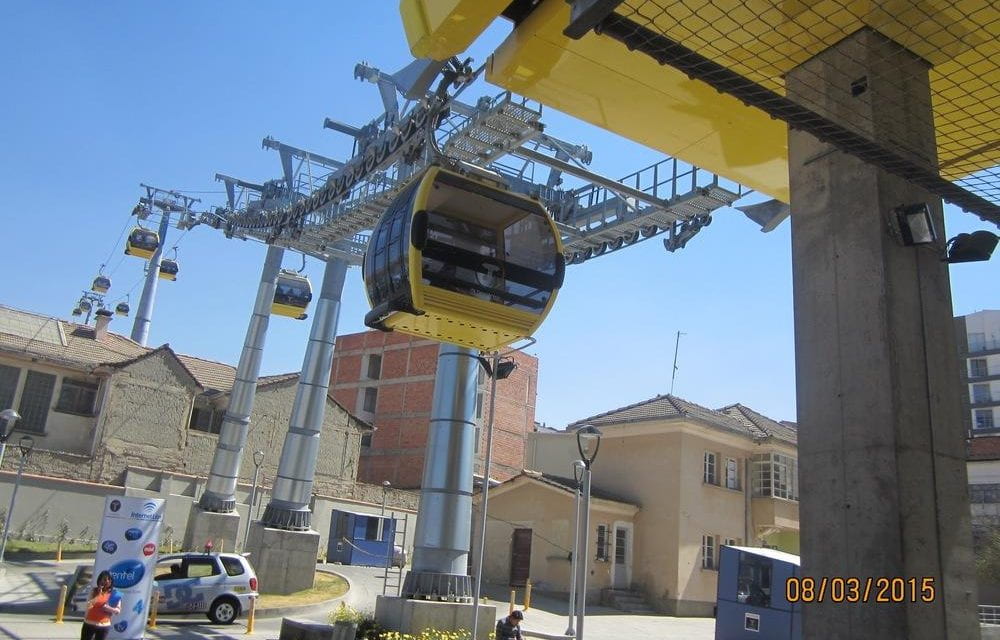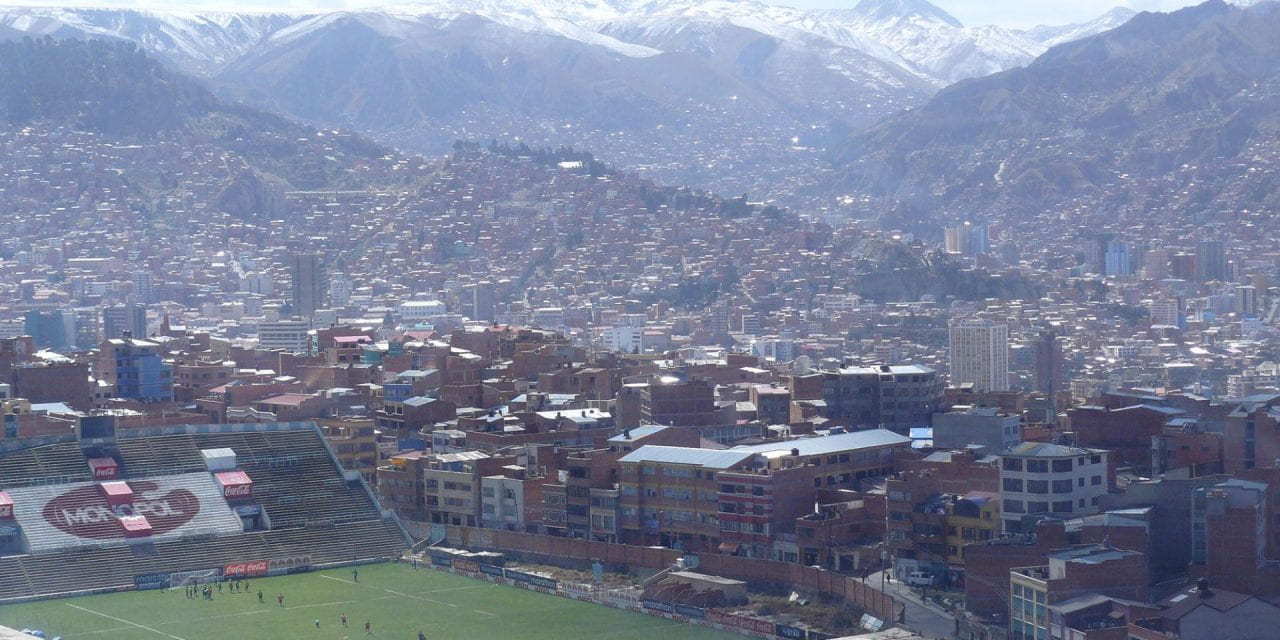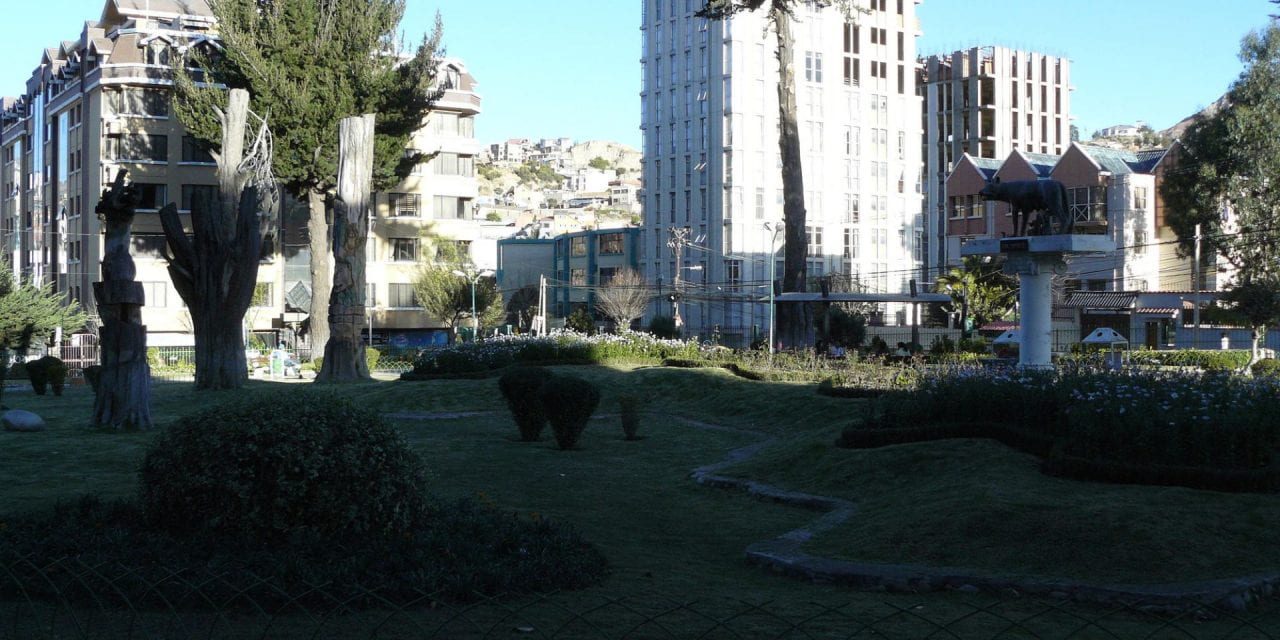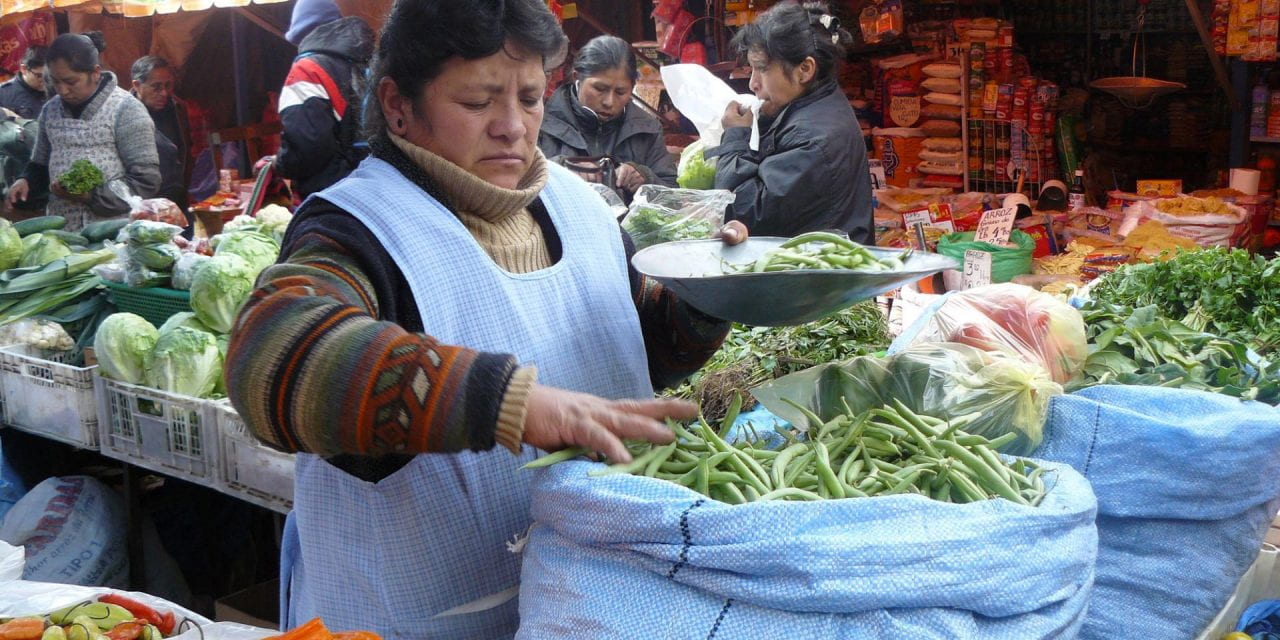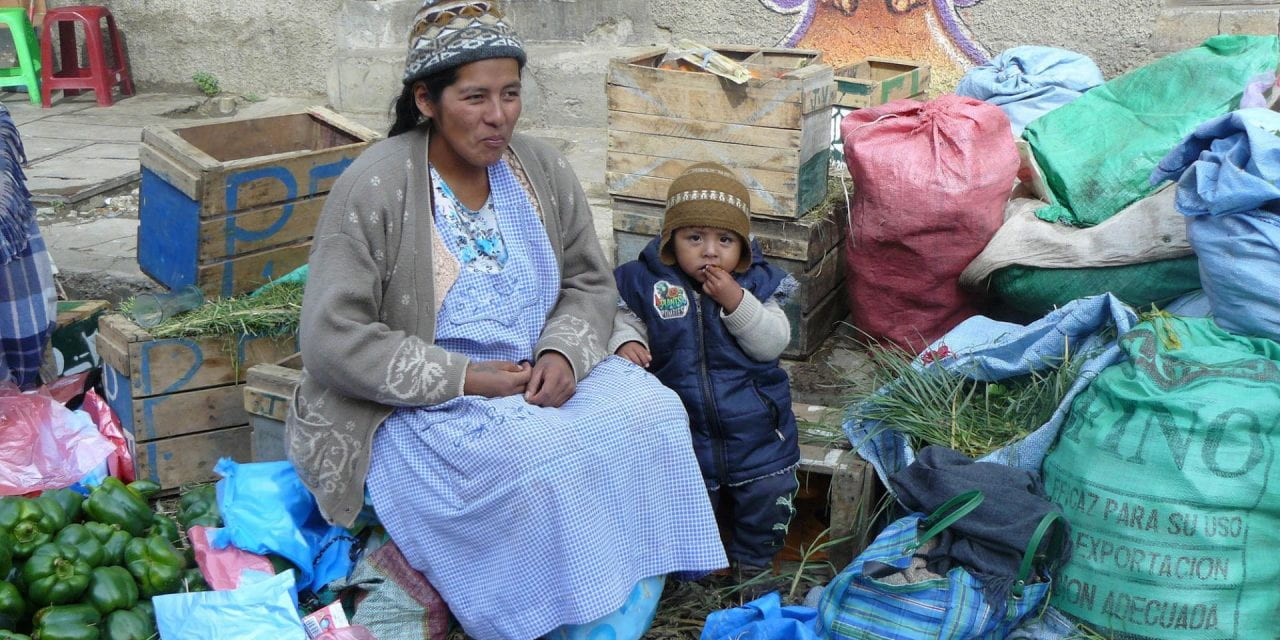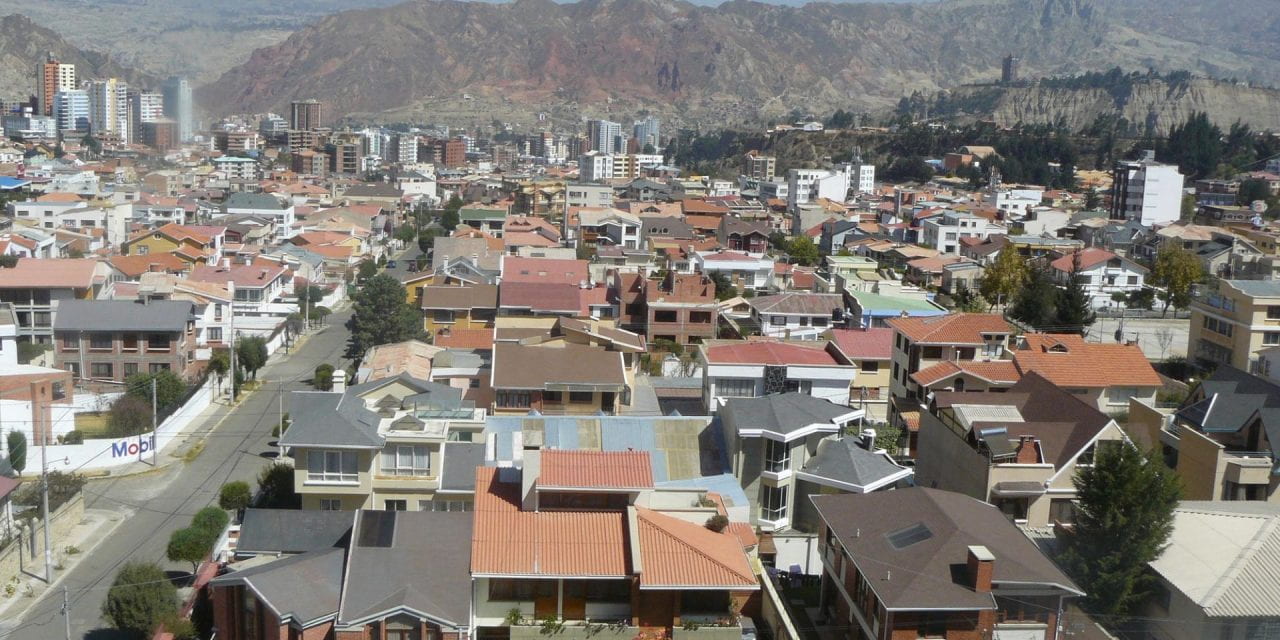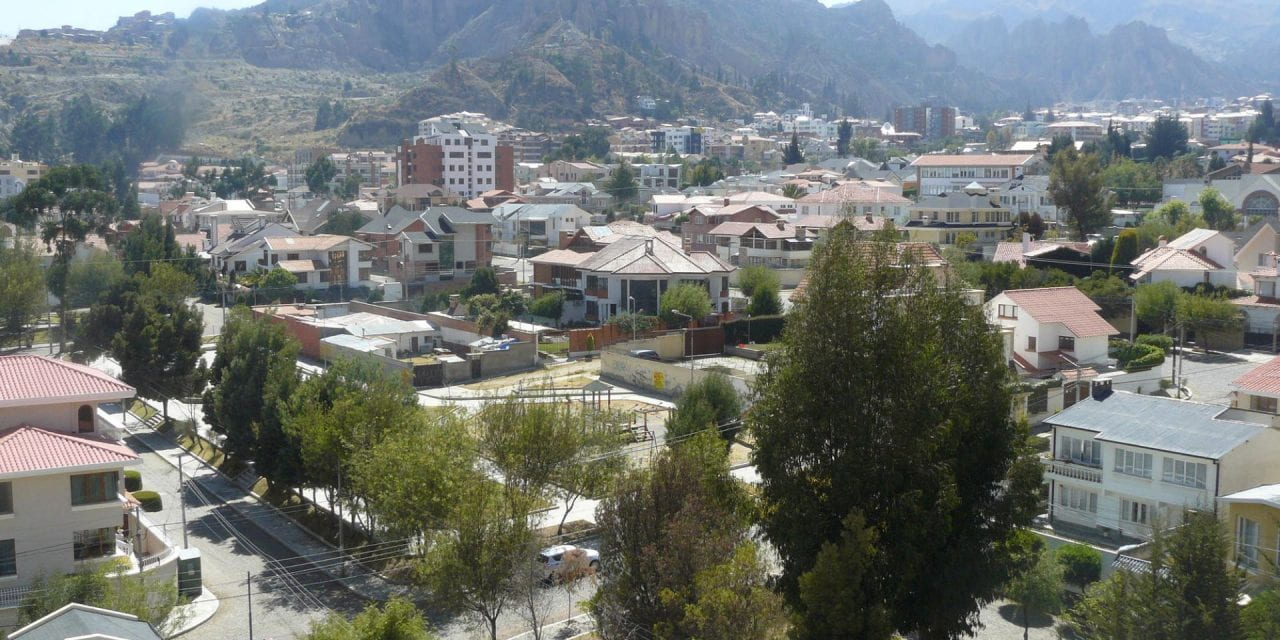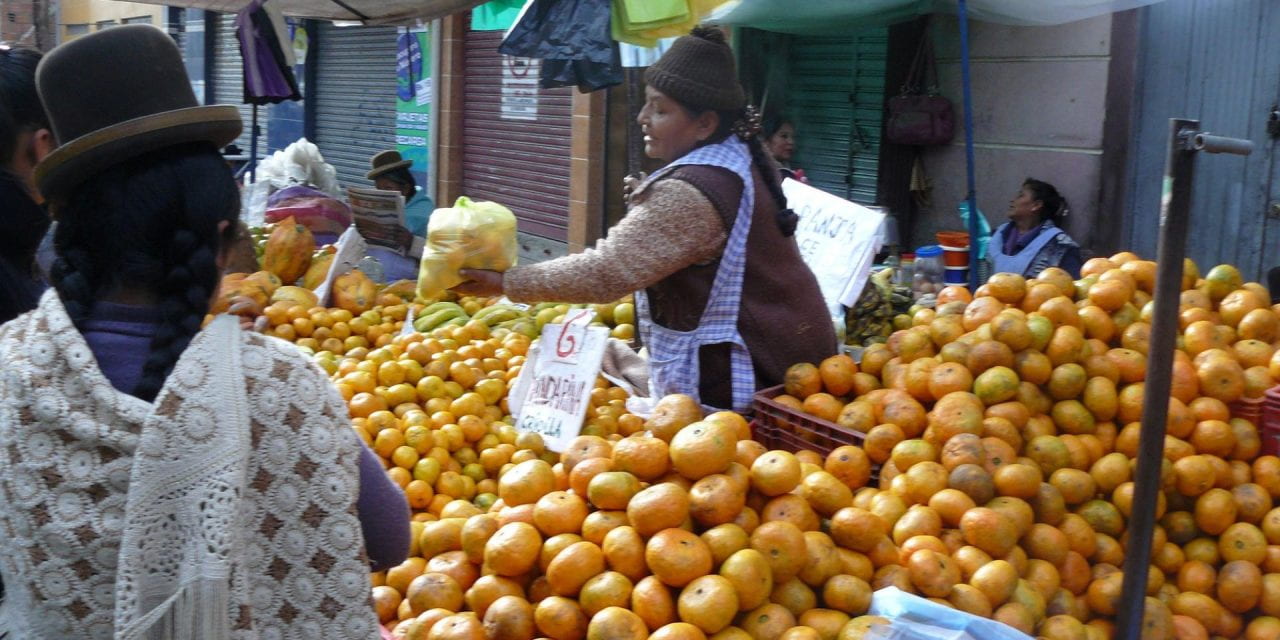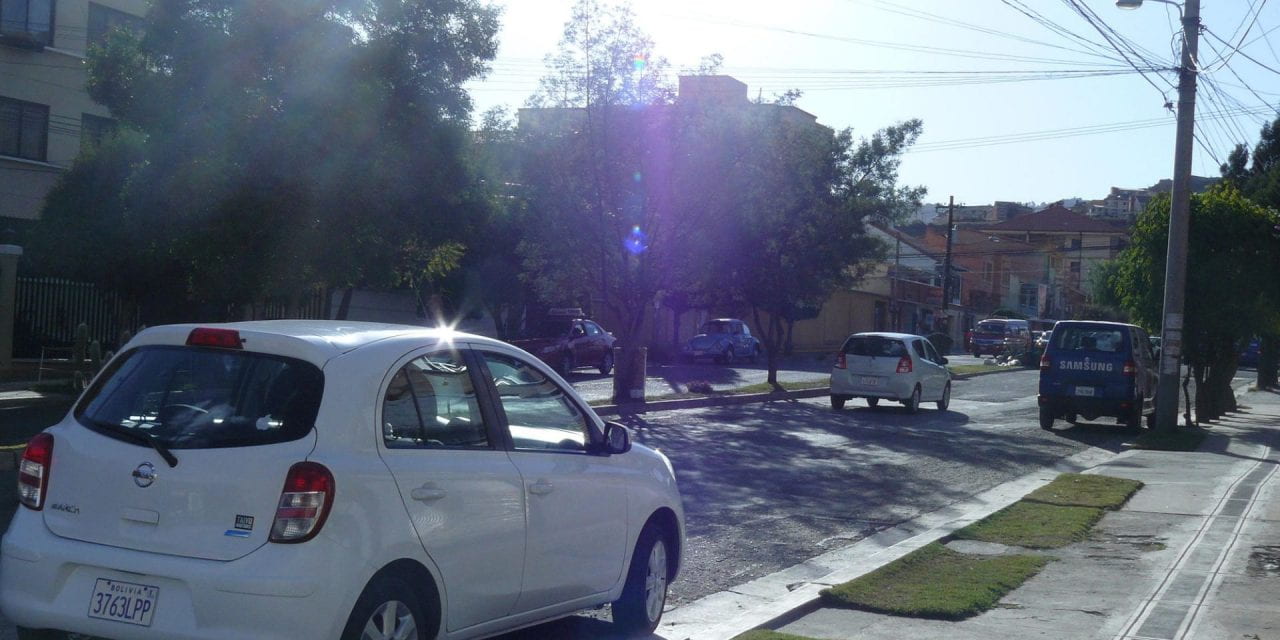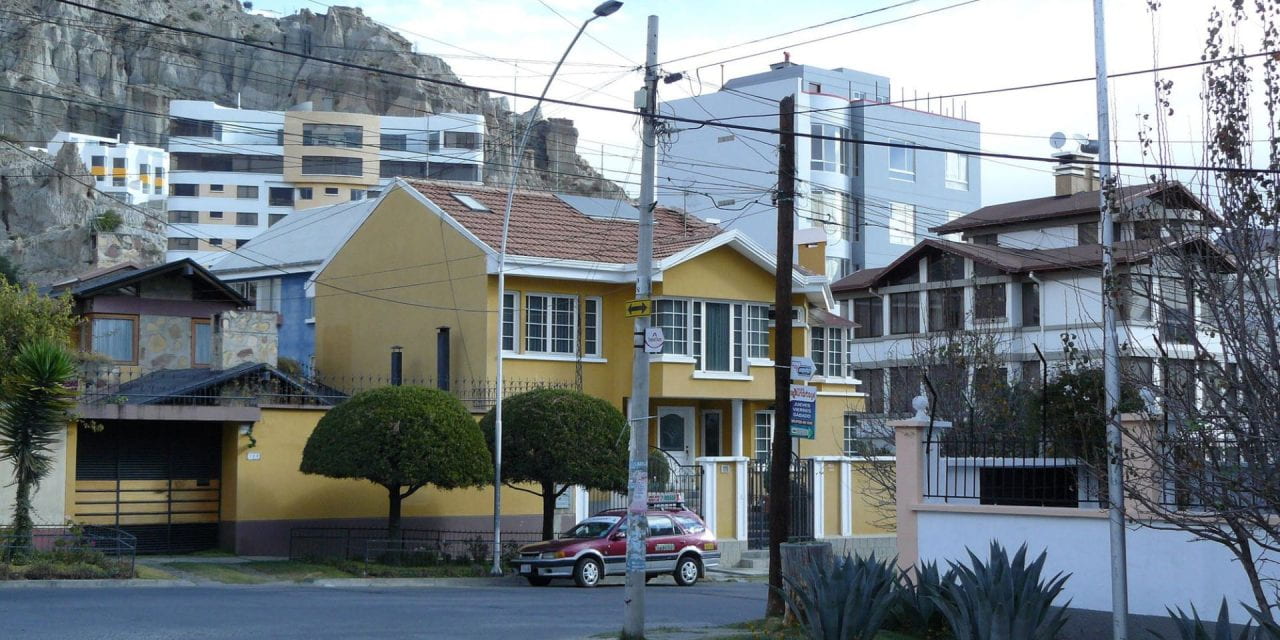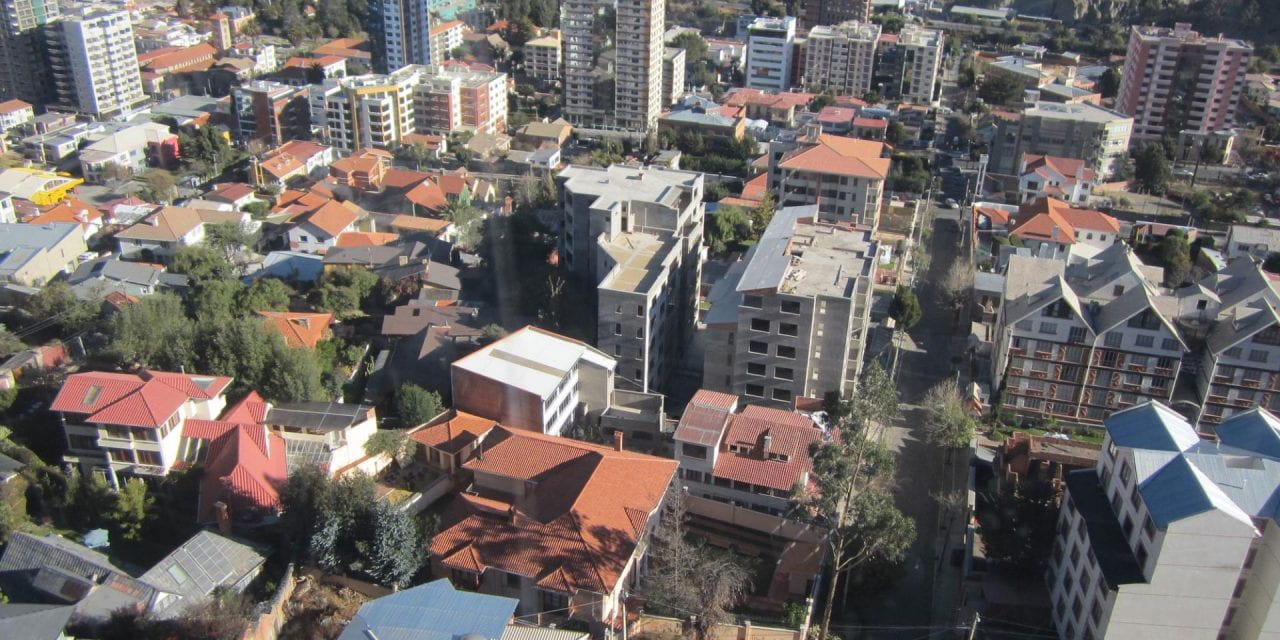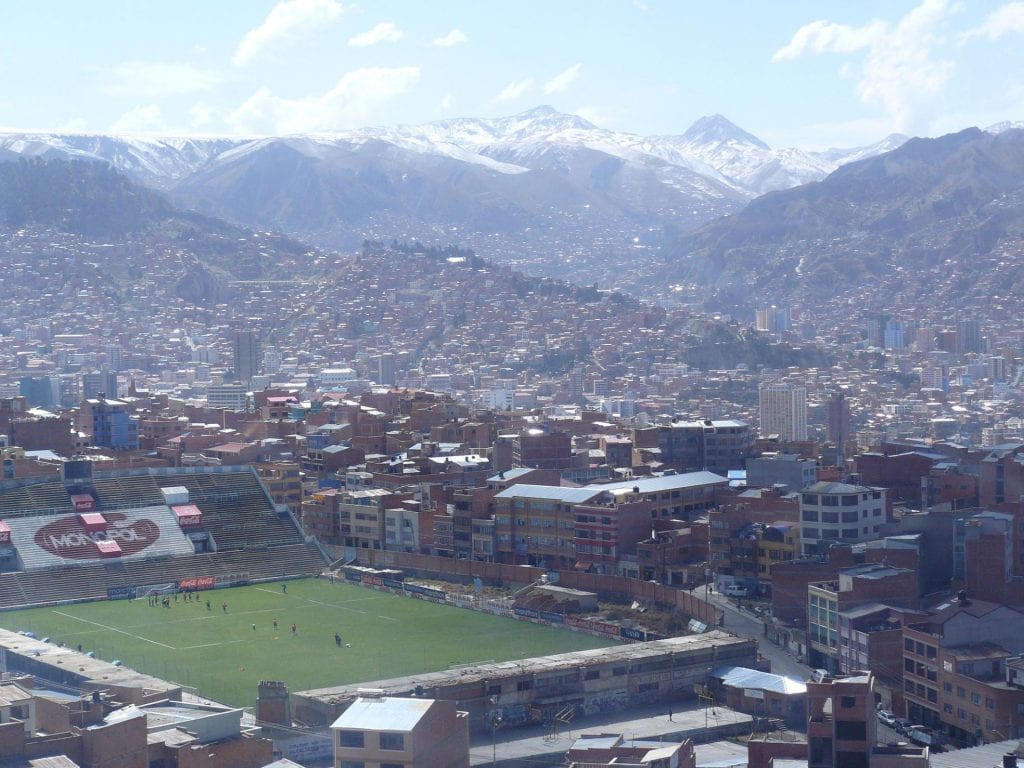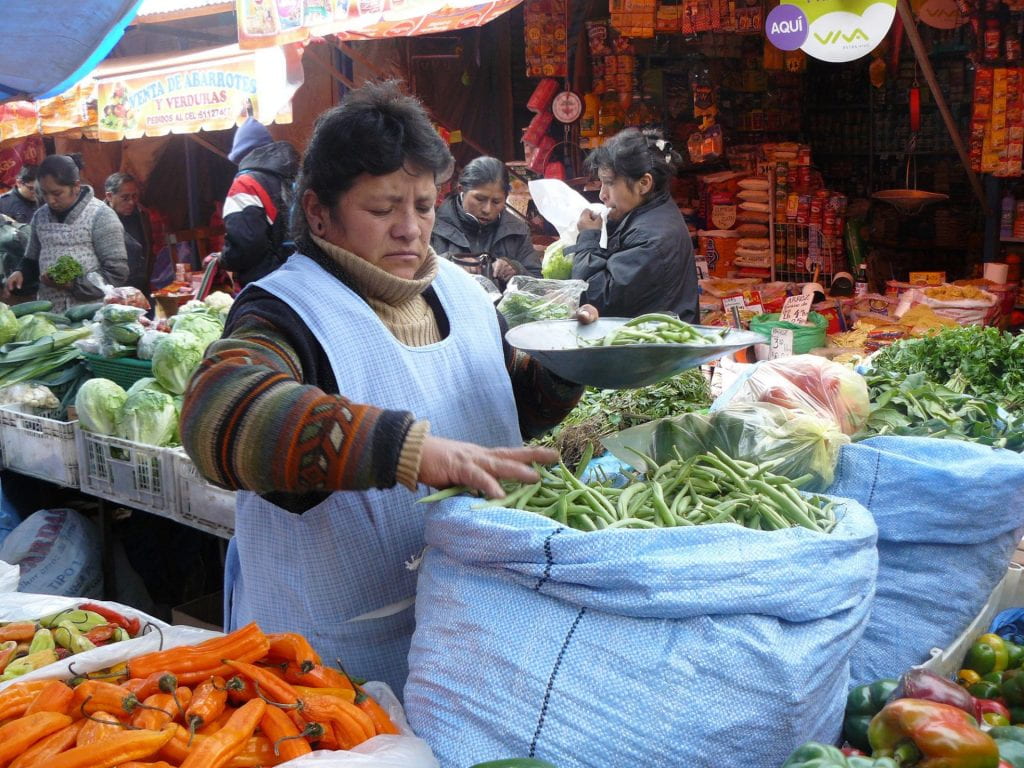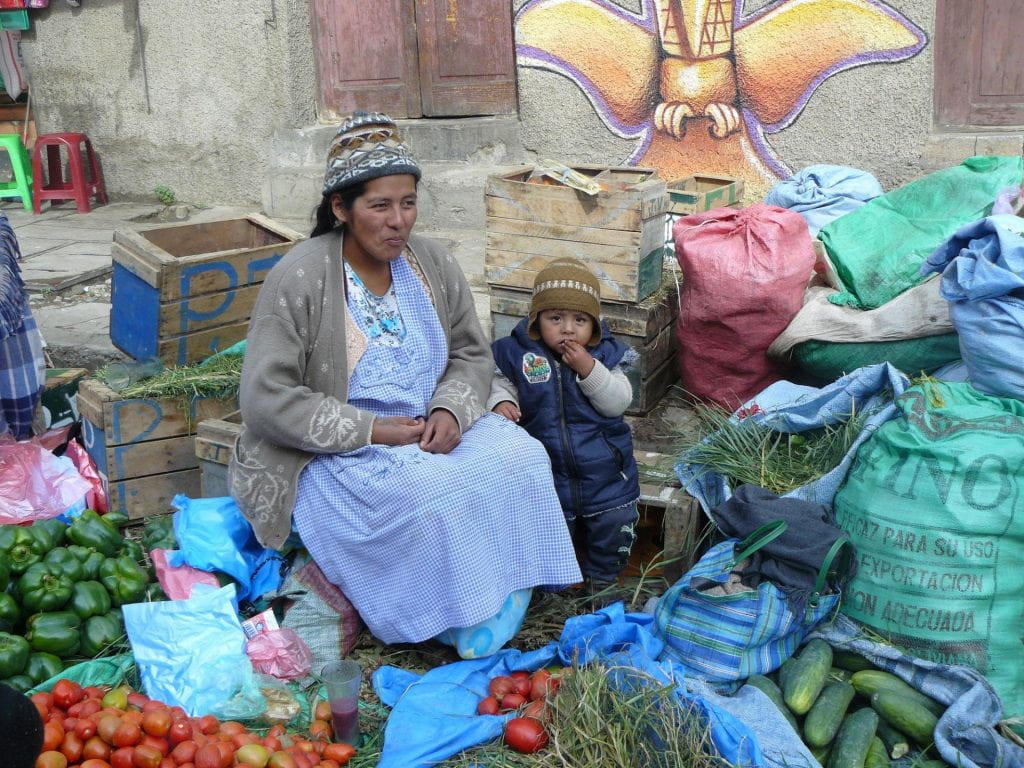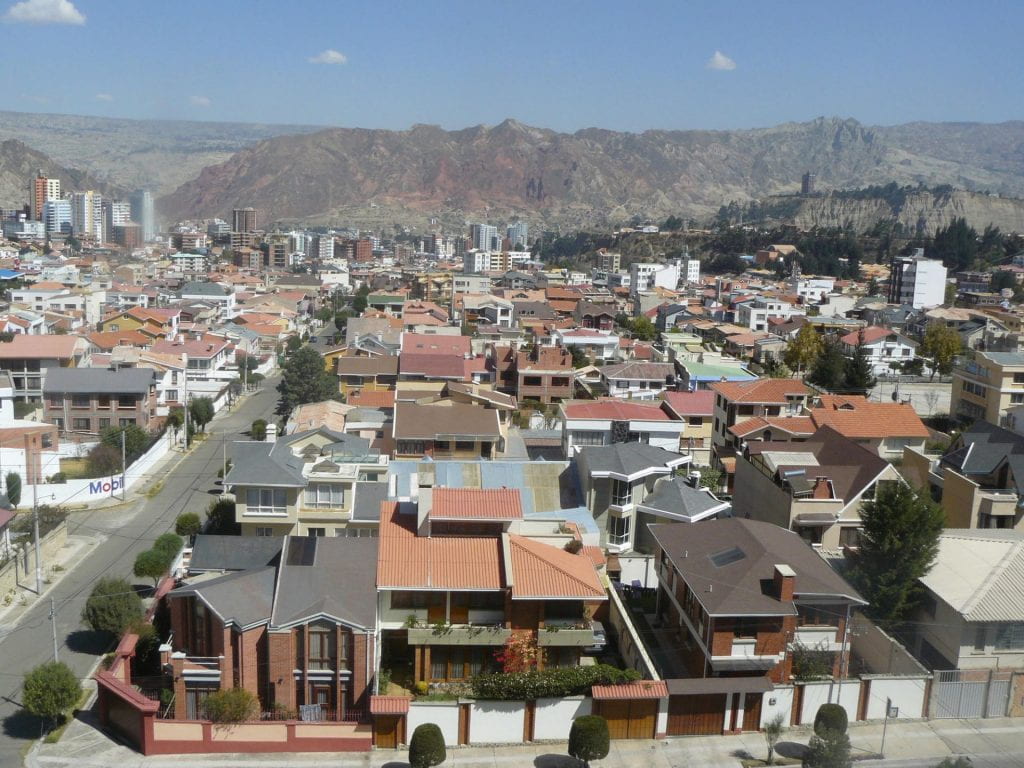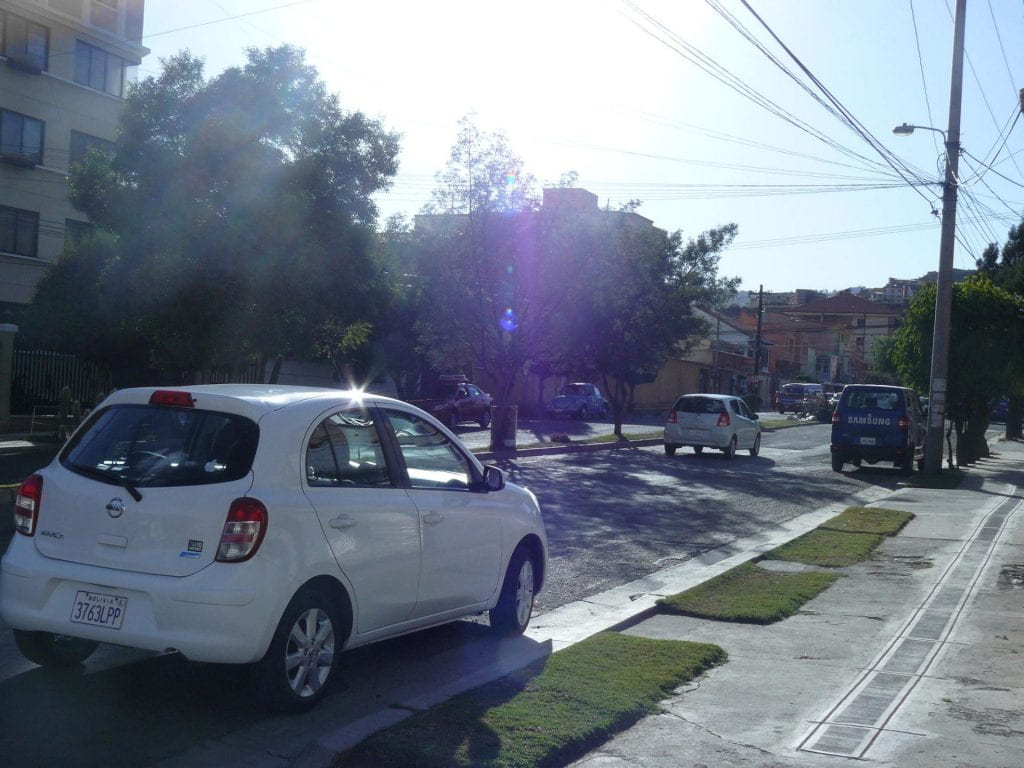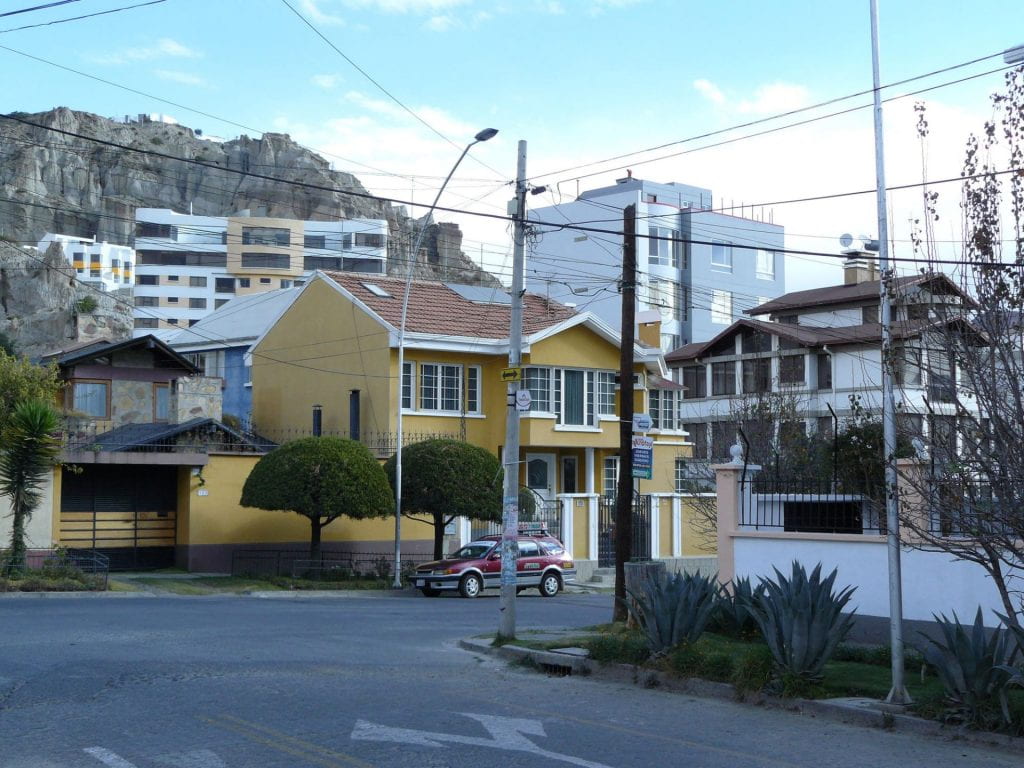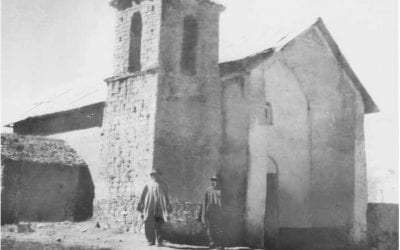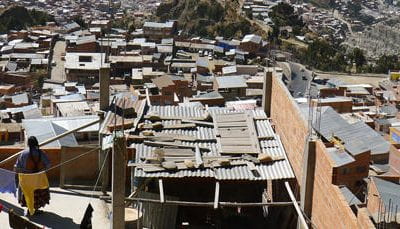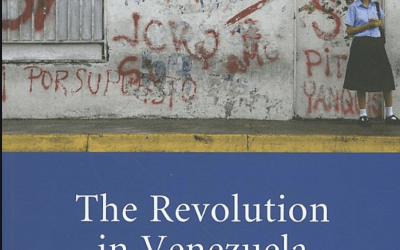Vivian Fernández: Student Perspective
A Photoessay by Vivian M. Fernández
Written Summer of 2015
These series of photographs, all shot in the city of La Paz, Bolivia help to shed light on the manner and quality in which the middle and upper class of Bolivia live. El Mercado Roberto Rodriguez is La Paz’s largest food market, and it is here that many of the city’s middle-class acquire their food. Here you can find caseras (vendors) selling a variety of foods: mounds of orange mandarin oranges, heaps of green beans, bunches of broccoli and cauliflower, fishes ranging in size and various types of meat. Buyers walk around talking to vendors, asking for their yapita (bonus/addition to their purchase) before placing their purchases in huge plastic tote bags and wandering off to the next stall. While this market is open the entire week, its busiest days are Saturdays and Sundays when most people come to do their weekly purchases.
The neighborhoods of Obrajes, San Miguel and Achumani are all very well off and have become major commercial and financial sectors in addition to being residential areas. Banks, businesses, shops, malls and international firms are now common sights in these neighborhoods. New constructions can also be seen quite frequently, especially in Achumani where apartment buildings and mansions are being built on vast areas of property. The urbanization that La Paz has undergone can further be seen through the project “Mi Teleférico,” an aerial cable car system that officially started working in 2014. It currently has 3 functioning lines: yellow, red and green, with plans for more operating lines in the works. Not only does it help to connect various neighborhoods and alleviates the previous public transportation congestion, it also offers beautiful views of the city of La Paz.
** Note: This photoessay was written in Summer of 2015. As of the date of publication, “Mi Teleferico” has expanded to include 10 functioning lines (Red, Yellow, Green, Blue, Orange, White, Sky Blue, Purple, Brown and Silver) with an additional line (Gold) in the works.
Related Articles
Warisata
This year, on August 2, Bolivia will commemorate the 80th anniversary of the founding of the escuela-ayllu of Warisata, an extraordinary intercultural experiment in indigenous schooling that flourished between 1931 and 1940 on the high plateau (altiplano) in the shadows of the volcanic peak of Illampu. On that day, the usual civic rituals and official remembrances—school pageants, TV documentaries, and editorial page …
Through a Glass Darkly
As the American Airlines flight from Miami neared La Paz, we peered down through the thin light of early morning, trying to make sense of the arid land below us. Were the neat pyramids of stones at the corner of each field the result of clearing the land for planting? If so, it must be rocky, inhospitable soil for growing crops. Were those really herds of llamas and alpacas that dotted the landscape? And how spectacular …
The Revolution in Venezuela: Social and Political Change under Chávez
Much of what is written about Venezuela since the election of Hugo Chávez in 1998 tends to be highly polarized, often based on “Manichaean” perceptions of developments in that country, according to one of the editors of this volume. At the extremes, Chávez is viewed as a social revolutionary dedicated to the service of the downtrodden in Latin America or as dictator who threatens regional democracy and security. …

